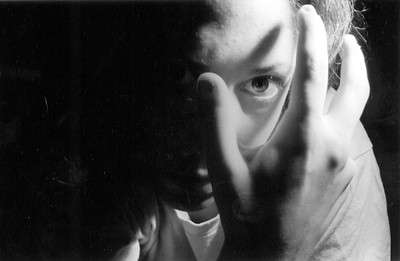All Nonfiction
- Bullying
- Books
- Academic
- Author Interviews
- Celebrity interviews
- College Articles
- College Essays
- Educator of the Year
- Heroes
- Interviews
- Memoir
- Personal Experience
- Sports
- Travel & Culture
All Opinions
- Bullying
- Current Events / Politics
- Discrimination
- Drugs / Alcohol / Smoking
- Entertainment / Celebrities
- Environment
- Love / Relationships
- Movies / Music / TV
- Pop Culture / Trends
- School / College
- Social Issues / Civics
- Spirituality / Religion
- Sports / Hobbies
All Hot Topics
- Bullying
- Community Service
- Environment
- Health
- Letters to the Editor
- Pride & Prejudice
- What Matters
- Back
Summer Guide
- Program Links
- Program Reviews
- Back
College Guide
- College Links
- College Reviews
- College Essays
- College Articles
- Back
Gun-Free Environments Present a False Sense of Security
America. Land of the Free. This is a country that allows its people to live by their own choices and personal decisions. But by living in the open society, there are threats weighing down on us about protecting the people living in our borders. Such threats make us question how we’re supposed to protect ourselves. We use our country’s democracy to try and improve the US. But sometimes those debates go on forever, and the consequences on changing the ways things are done can be dramatic. A debate that ties in well with this is the debate on guns. Some are for gun, and some are against. People are finding a false sense of security behind gun-free environments.
Mark Correia, a student at San Jose State University, wrote in his blog “we find ourselves extremely vulnerable because we live in an open society. This … makes it easy for anyone who is determined enough to kill unsuspecting victims.” The idea of banning firearms, or setting more restricting laws on purchasing them, presents two very distinct sides. There are those who support bans and more strict laws on the purchase of firearms, the there are others who are strongly against the bans or restriction laws on the purchase of firearms. The NRA has an unsteady plan of arming the teachers in order to create safer schools, and a City Council in Nelson, Georgia, just voted in a requirement of every householder to own a gun in the “name of public security” (Brooks and Collins). Are people hiding behind firearms and calling it “protection”?
Here’s something strange though; mass shootings generally occur in places where firearms are banned (Reynolds). Places like schools, malls, theme-parks, and any other public location with a ban on guns. In Colorado Springs, Colo., at the New Life Church shooting, an armed volunteer shot the attacker to stop the shooting. Many shootings have been ended when someone confronts the shooter with a gun. Yet some people still find that gun-free zones promote a false sense of security.
People claim that “guns kill people”, and they’re dangerous weapons. Truth be told, firearms are dangerous; but only when they’re not being handled properly. For example, a little girl named Caroline Sparks was “accidently” shot and killed by her 5-year-old brother Kristian (Gabriel). He was playing with his new Crickett Rifle toy gun, when he aimed, and shot his sister in the chest. The children were playing with firearms without adult supervision, placing this situation in the category of dangerous and “could-have-been-prevented”. Another example is mentally unstable people with firearms. The shooting at Sandy Hook Elementary School on December 14, 2012 was a tragic and eye-opening event. The shooter, Adam Lanza, was declared mentally unstable by government officials after the incident occurred.

Similar Articles
JOIN THE DISCUSSION
This article has 0 comments.

Brooks, David, and Collins, Gail. “Guns Guns Guns.” The New York Times, web. 3 April 2013.
Correia, Mark. “Guns and Their False Sense of Security.” JusticeStudies.edu, web. 22 April 2013.
Gabriel, Trip. “Girl’s Death by Gunshot is Rejected as Symbol.” The New York Times. 5 May 2013. Print.
Reynolds, Glenn Harlan. “Gun-Free Zones Provide False Sense of Security.” US Today, web. 14 December 2012.